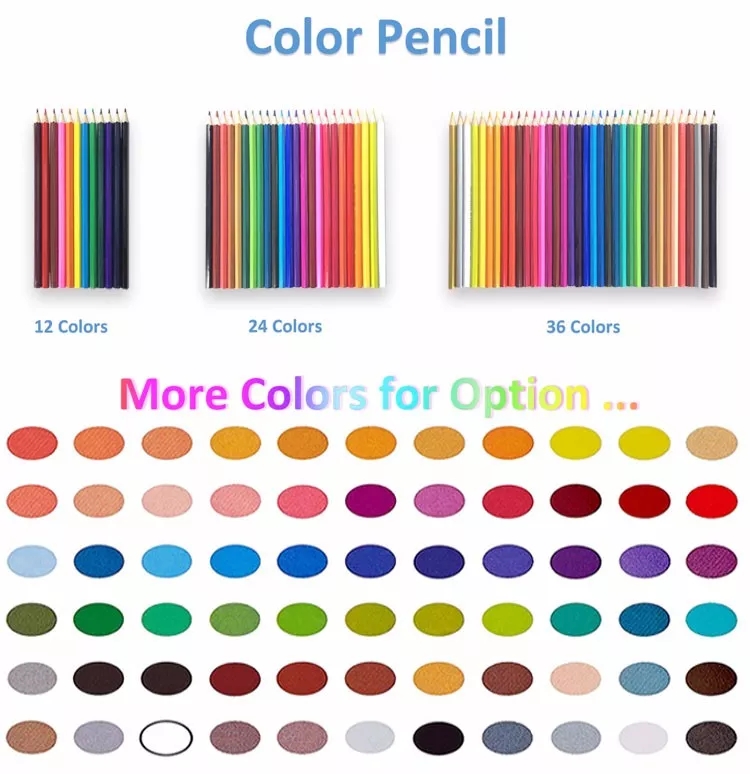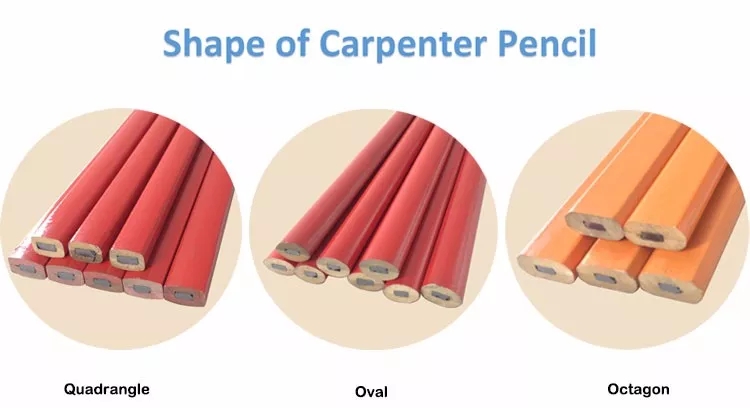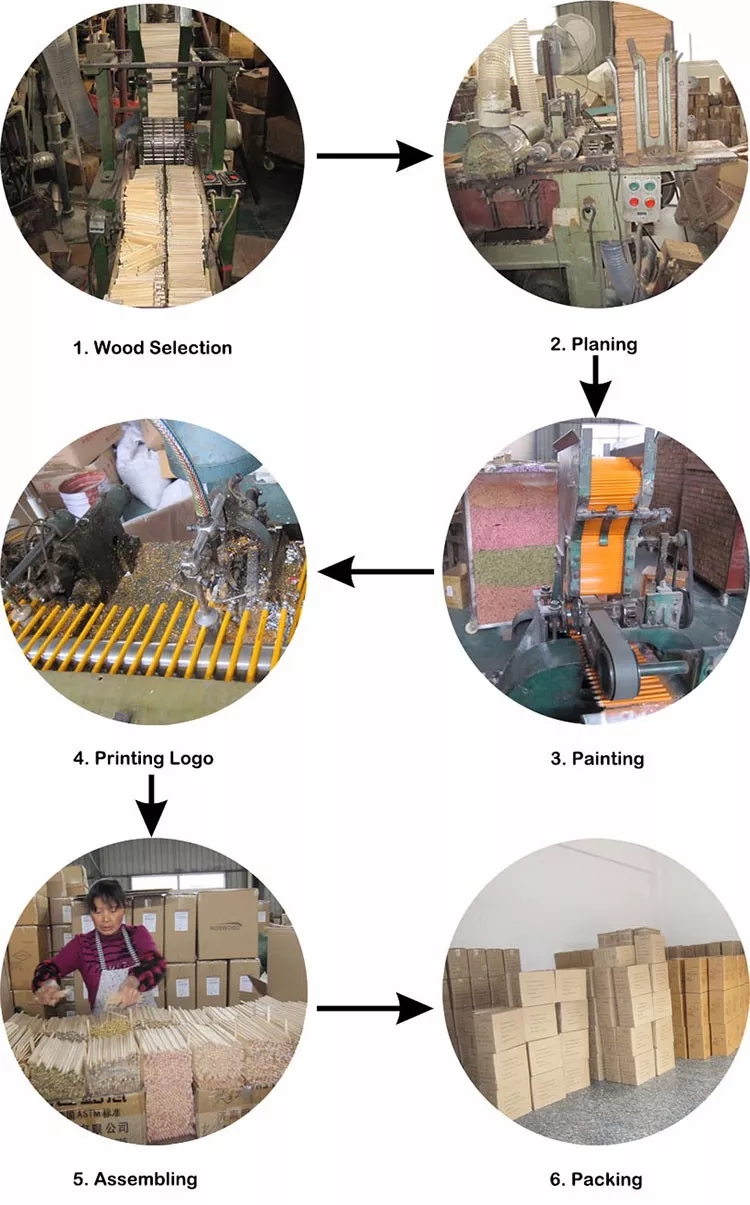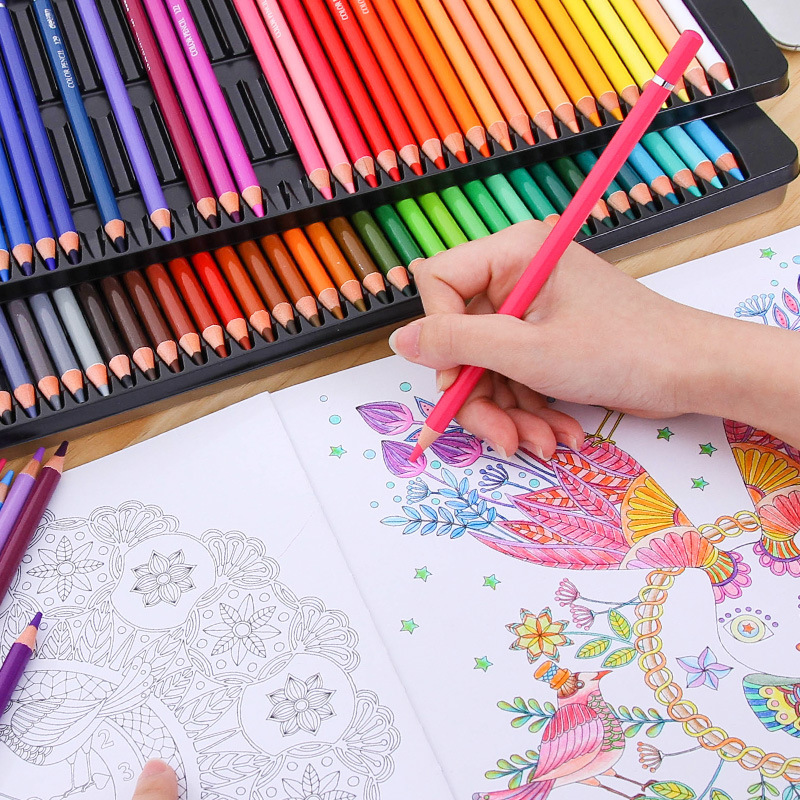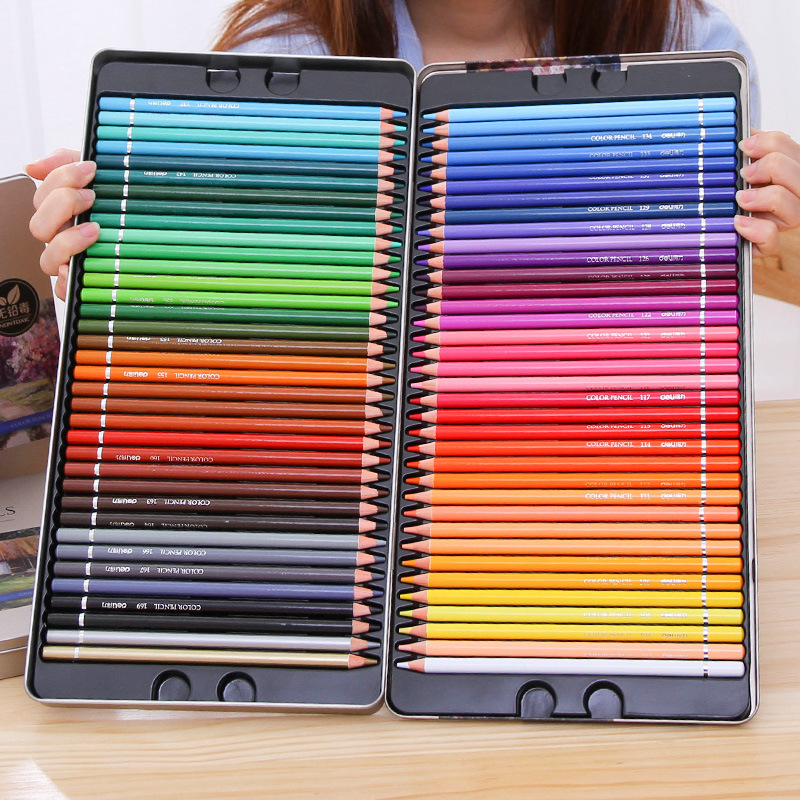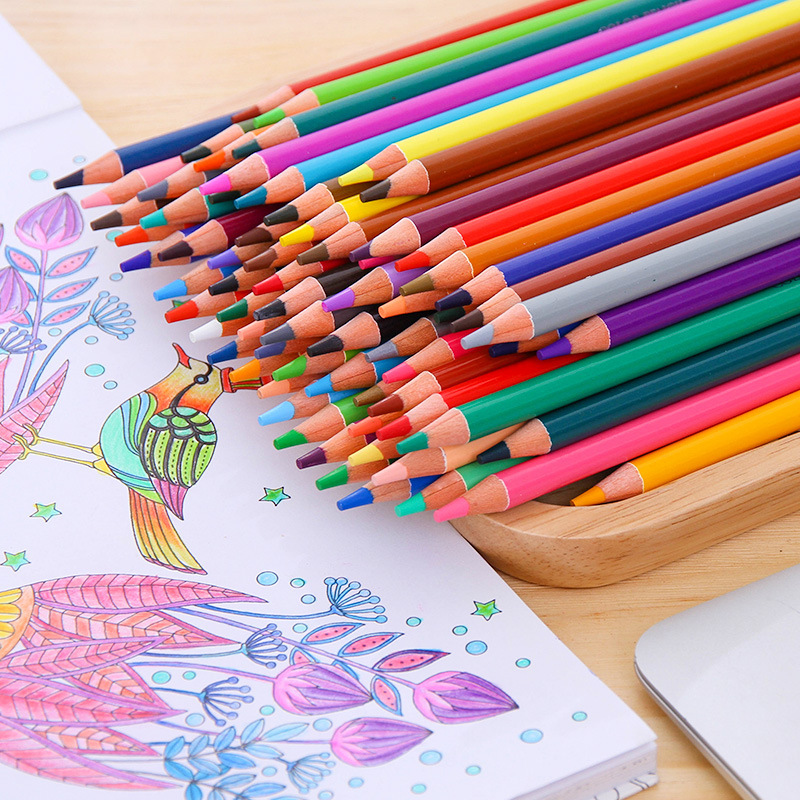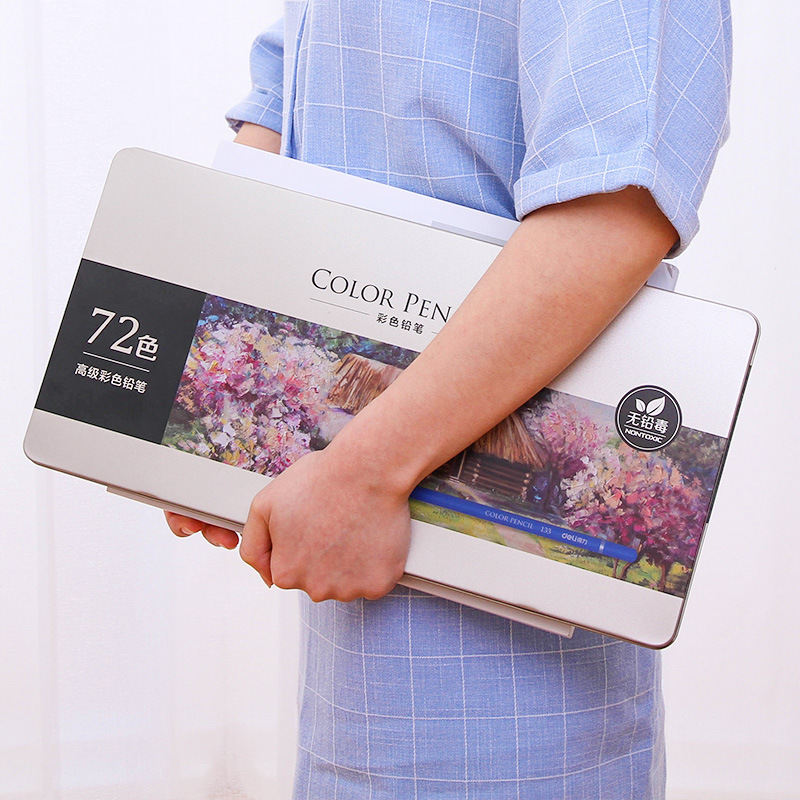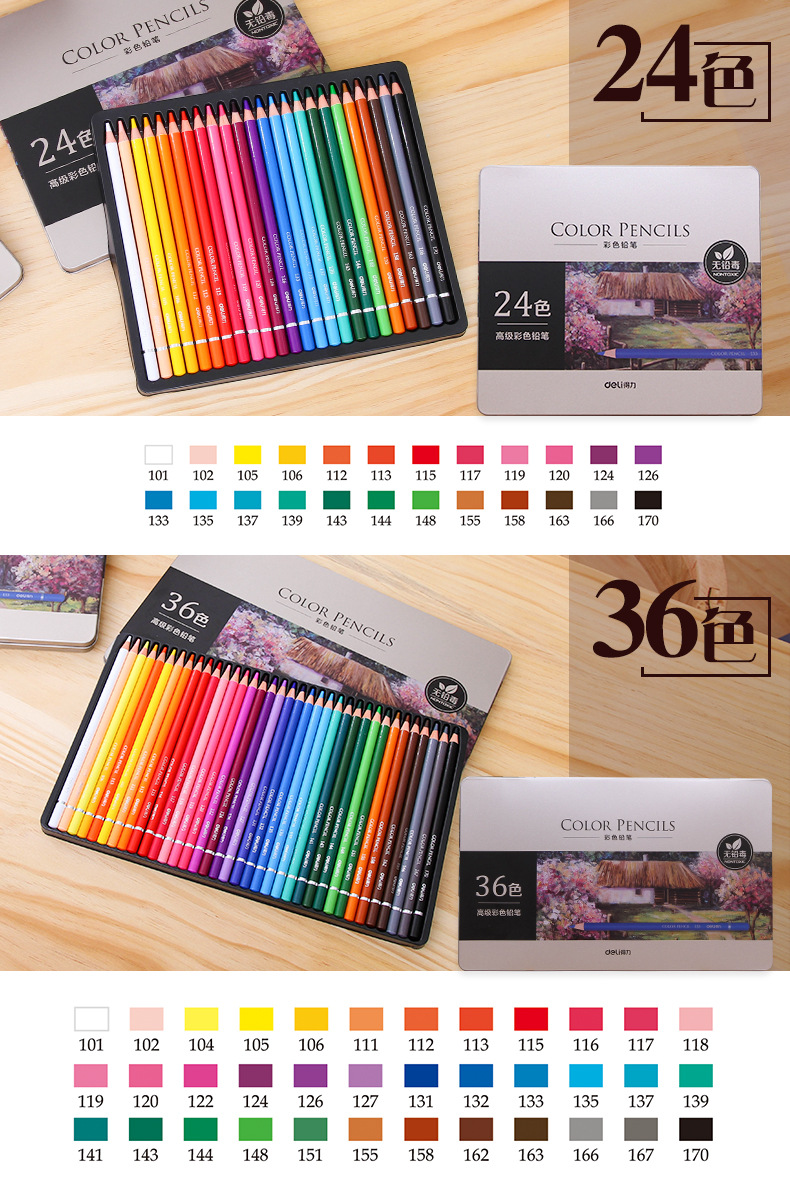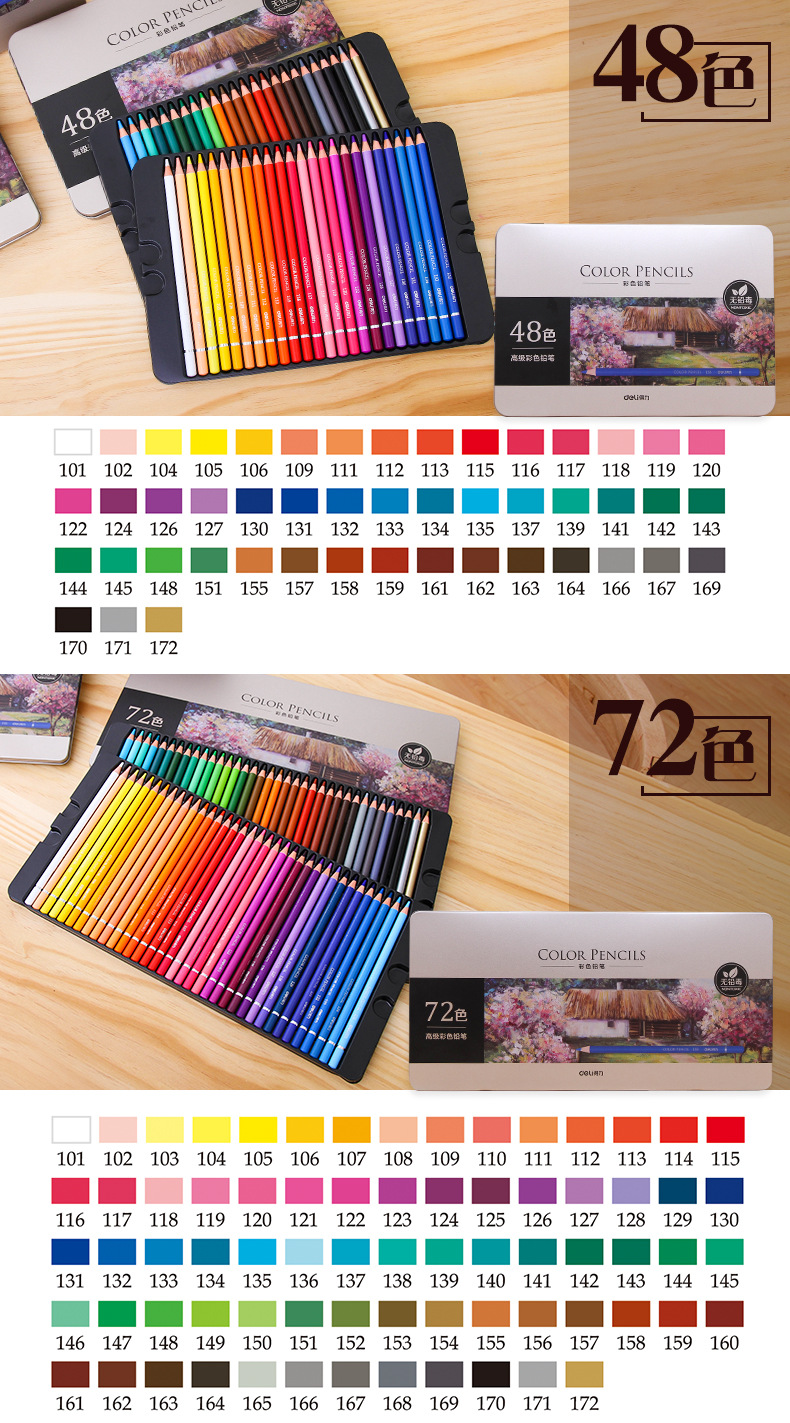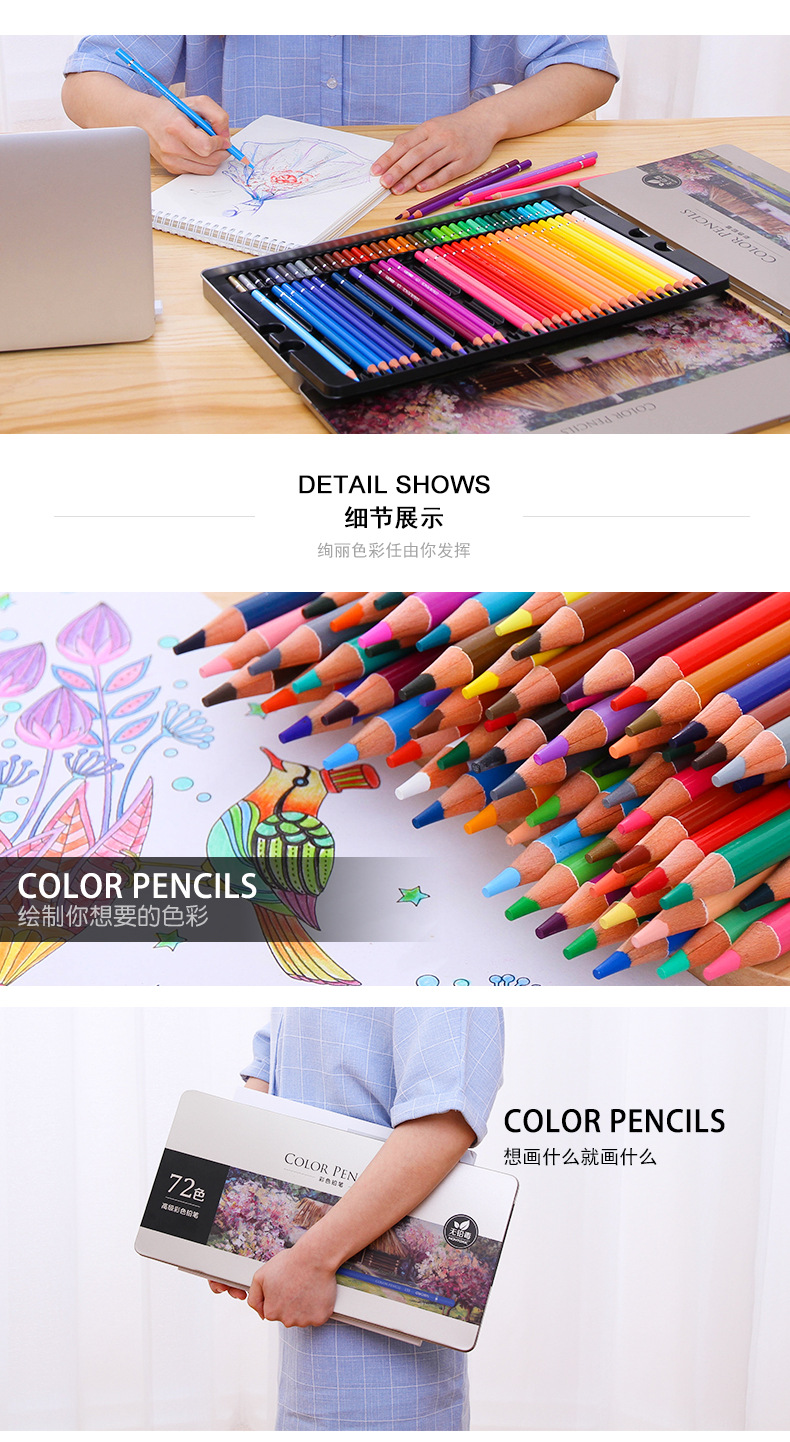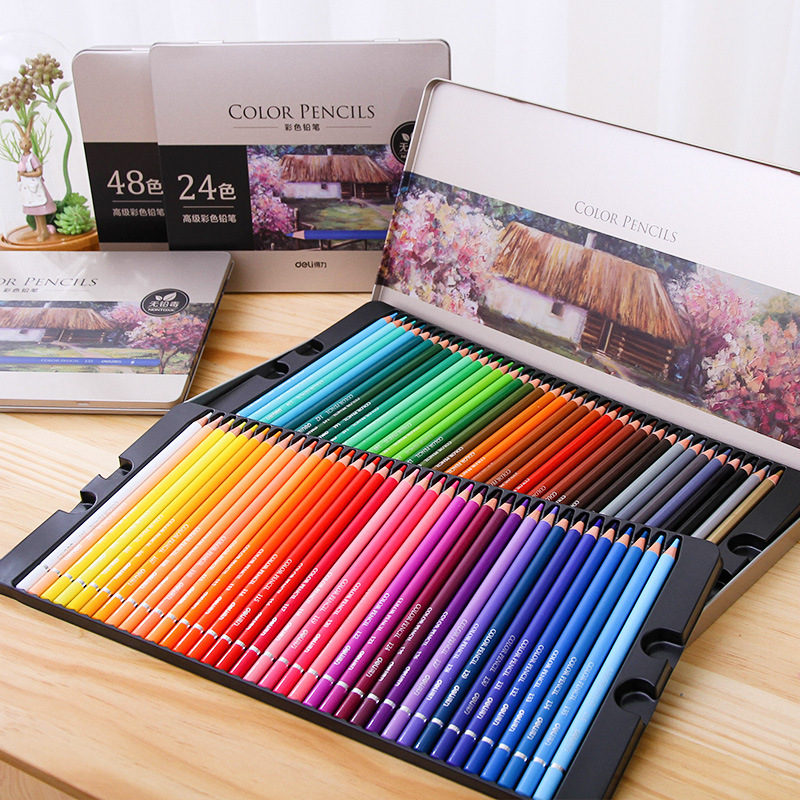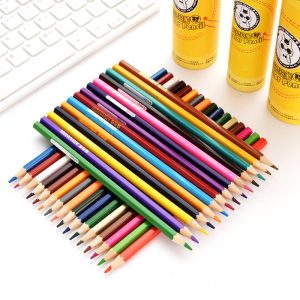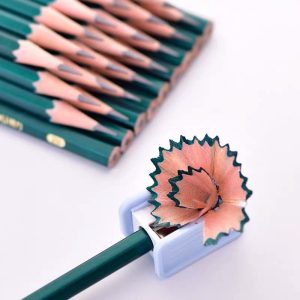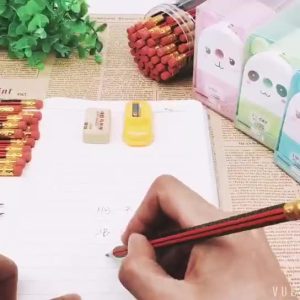The pencil is a classic and indispensable writing and drawing tool known for its simplicity, versatility, and timeless appeal. It consists of a cylindrical shaft typically made of wood, though modern pencils can also feature plastic or metal casings. Inside the casing is a core of graphite mixed with clay, which leaves a mark on paper when applied to a surface.
One of the defining features of a pencil is its erasability. Unlike pens, which use ink that can be difficult to correct, pencils allow for easy and clean erasing using a rubber eraser at the end of the pencil. This feature makes pencils a preferred choice for students, artists, architects, and anyone who needs to make corrections or sketch rough drafts.
Pencils come in various grades of hardness, ranging from soft (e.g., 6B) to hard (e.g., 6H). This grading system allows users to select the right pencil for different tasks, with softer pencils producing darker and smoother lines, while harder pencils are ideal for fine lines and technical drawings.
Pencils are also versatile in design, featuring different shapes, sizes, and colors, including colored pencils that use a wax core for vibrant colors. Mechanical pencils, which use a replaceable lead instead of a wooden core, offer a reusable and precise writing experience.
In conclusion, the pencil’s enduring popularity can be attributed to its simplicity, affordability, and adaptability. It remains a beloved tool for a wide range of applications, from note-taking to artistic expression, and continues to be an essential part of everyday life.
